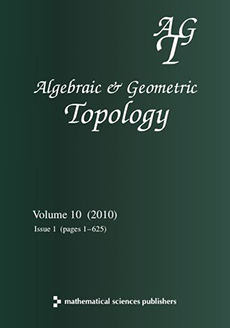Abstract
We classify the groups quasi-isometric to a group generated by finite-order elements within the class of one-ended hyperbolic groups which are not Fuchsian and whose JSJ decomposition over two-ended subgroups does not contain rigid vertex groups. To do this, we characterize which JSJ trees of a group in this class admit a cocompact group action with quotient a tree. The conditions are stated in terms of two graphs we associate to the degree refinement of a group in this class. We prove there is a group in this class which is quasi-isometric to a Coxeter group but is not abstractly commensurable to a group generated by finite-order elements. Consequently, the subclass of groups in this class generated by finite-order elements is not quasi-isometrically rigid. We provide necessary conditions for two groups in this class to be abstractly commensurable. We use these conditions to prove there are infinitely many abstract commensurability classes within each quasi-isometry class of this class that contains a group generated by finite-order elements.
Citation
Emily Stark. "Detecting a subclass of torsion-generated groups." Algebr. Geom. Topol. 18 (7) 4037 - 4068, 2018. https://doi.org/10.2140/agt.2018.18.4037
Information





